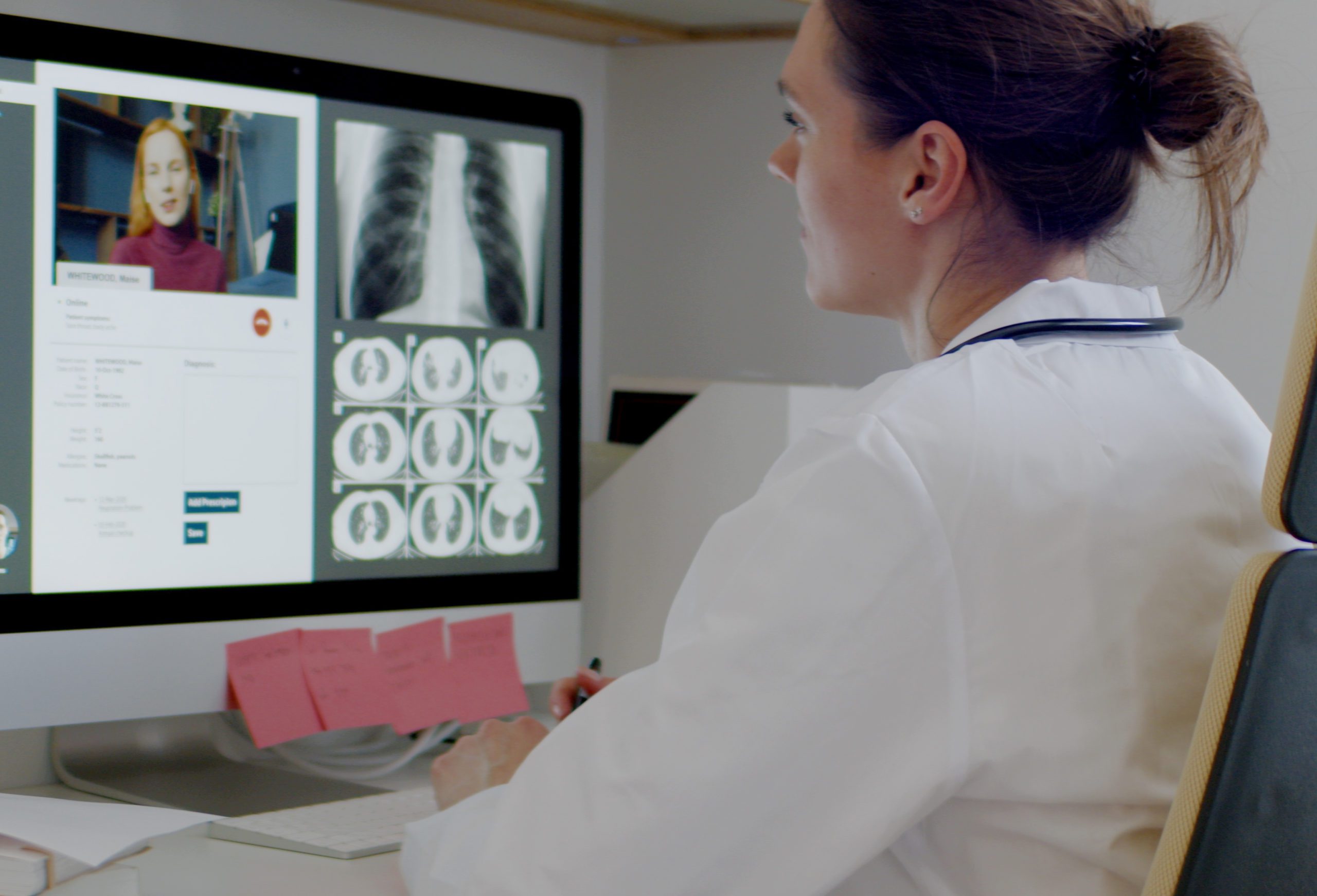Why At-Home Diagnostic Tests for Disease May Replace Lab Testing (The MedTech Download)

Key Takeaways
- The investment in at-home diagnostics related to COVID-19 may usher in a new era in which lab-based diagnostic testing takes a backseat to these faster, easier to facilitate technologies.
- Abbott has announced the development of a new virtual clinic aimed at connecting users of its neuromodulation devices with their physicians.
- Eye-surgery robotics startup ForSight has announced that is has raised $10 million in what it’s calling a “mega-seed round.”
COVID-19 Took Disease Tests Out of the Lab — and May Keep Them There

It has been more than a century since the last pandemic. And, now, living through this one, we have learned how a global emergency highlights the weaknesses in our infrastructure. In the U.S., inequities in healthcare have become glaring, as Native Americans, African Americans and Latinos, people who historically have less access to healthcare, are more likely to die of COVID-19. Most people can agree that our politics have played a part in the spread of the virus, as well as our inability to react quickly and deploy resources on a federal level.
Another significant issue that played a role in the spread of the virus is how we diagnose infection, especially when we need results quickly and on a large scale. It is for that reason that we have seen a significant investment in rapid, at-home COVID-19 diagnostic tests. Before the pandemic, there was little commercial interest in at-home diagnostics because our lab infrastructure was so robust. But now the benefits of rapid testing have become clear, even beyond our current crisis. As an article in The Verge points out, “Moving disease testing out of the lab would make diagnoses for diseases other than COVID-19 easier. It would also help people start treatment early. There are treatments for the flu, for example, that work well — but only if people start them within a day or two of feeling symptoms.”
Eye Surgery Robotics Startup ForSight Raises $10M

Advancements in MedTech have led us to a new time, one in which doctors can, in some cases, delegate tasks to the tech. We recently wrote about AI in healthcare as a function of existing in-home platforms like Amazon’s Alexa, wherein healthcare information can be dispensed not by an office visit but a voice search. But, when it comes to artificial intelligence in medicine, the investment is broad. Robotic surgery has become increasingly common, as “advancements in artificial intelligence and sensing technologies are breathing new life into the market for robotic-assisted surgical devices, making it easier for surgeons to navigate small incisions, understand changes to the body and limit strain on joints.”
Recently, Israel-based ForSight Robotics announced that is has raised $10 million dollars in a “mega-seed round” for their robotic surgical platform, designed for ophthalmological (eye) surgeries. An article in TechCrunch points out that this category requires an immense amount of precision and is also in high demand, citing a study that puts the number of qualified eye surgeons “at around 72 per million people in developed nations and a mere 3.7 surgeons per million in developing countries.” By utilizing a robotic platform to conduct surgeries, the technology not only creates capacity to treat patients, but allows procedures to be conducted in a “more uniform way.”
Abbott Capitalizes on Digital Health Boom with Virtual Clinic for Neuromodulation Therapy

Over the course of the pandemic, digital health has taken many forms. The widespread adoption of telemedicine platforms has allowed patients and providers to continue care while reducing in-office visits. Point-of-care technologies have revolutionized care, some allowing physicians to monitor patients remotely and others giving patients more robust ways to care for themselves at home.
Yet, the digital health response to the pandemic doesn’t stop there. Last year GE announced that it had opened a virtual ICU in Oregon with the goal of connecting intensivists with ICU patients in rural hospitals and/or hospitals with limited resources. Now, as MedTech Dive reports, “Abbott has introduced a virtual clinic to connect users of its neuromodulation devices to talk to their physicians without meeting in person.” And, like other digital health innovations that have resulted from the crisis, Abbott sees this virtual clinic as a long-term solution in reducing geographic barriers.
Rapid 3D Printing of Materials with Living Cells for Organ Replacement
Right now, there are more than 114,000 people in the United States who are waiting for an organ transplant. And according to the American Transplant Foundation, every 10 minutes, another name is added to the waiting list. Compounding the severity of the situation, for those waiting for an organ to become available, time is of the essence. In fact, on average, “20 people die every day from the lack of available organs for transplant.” To call this a crisis would be an understatement.
Yet, we are limited by a natural organ “inventory,” leaving doctors with few resources to help oftentimes desperate patients. But, recently, researchers at University at Buffalo in New York announced that they have developed technique that allows them to “rapidly 3D print hydrogel materials containing viable cells.” The article goes on to say that the hope is that this new method “will pave the way for 3D organ printing in the future.”
Stay up-to-date on everything that matters to MedTech entrepreneurs and executives. Subscribe below to receive industry insights, MedTech resources, and more delivered directly to your inbox.
The medtech news you want – and use – delivered. Subscribe below.




